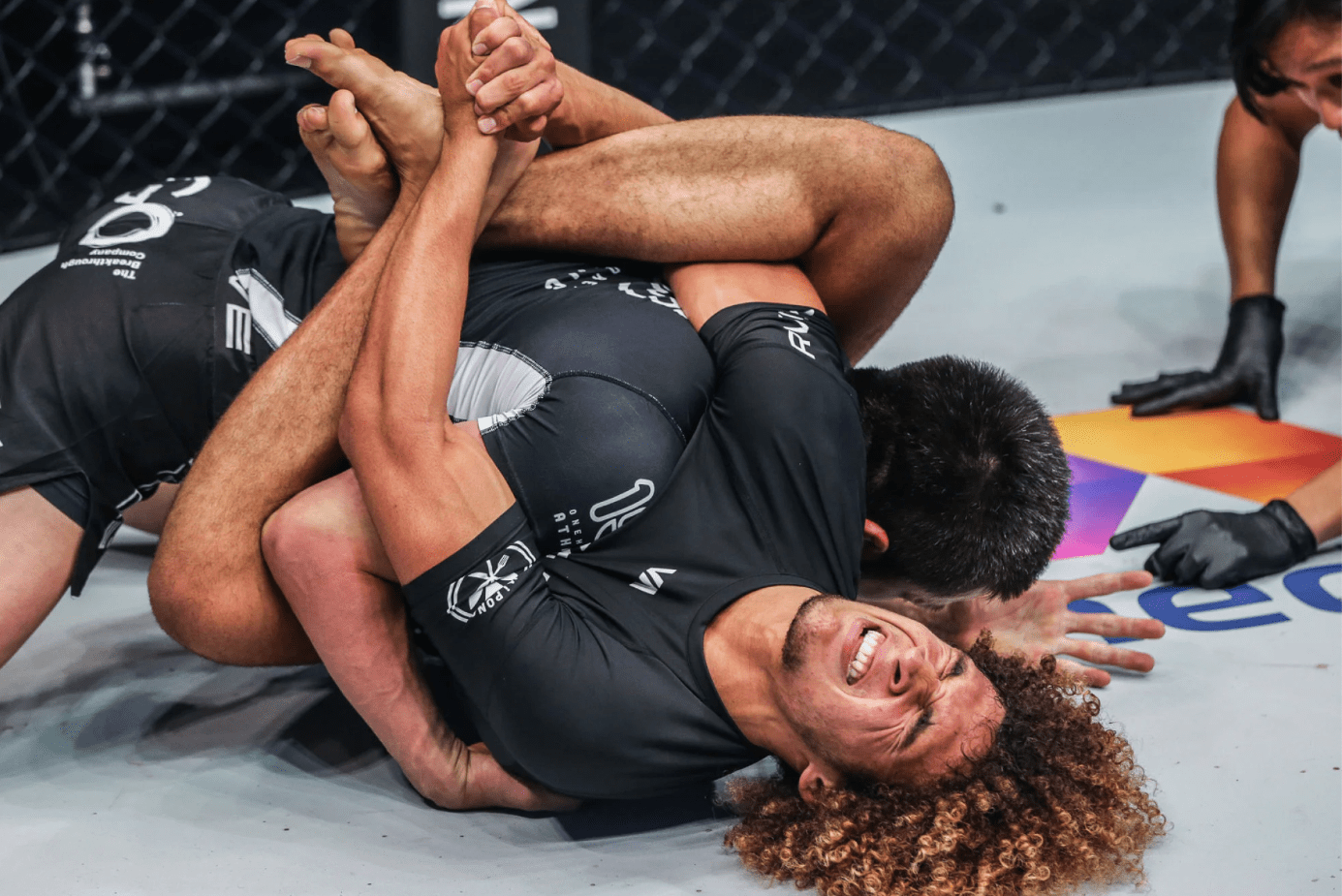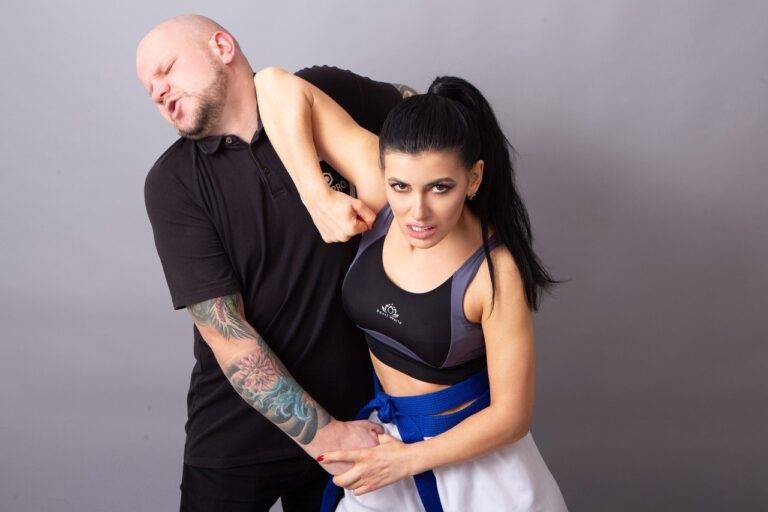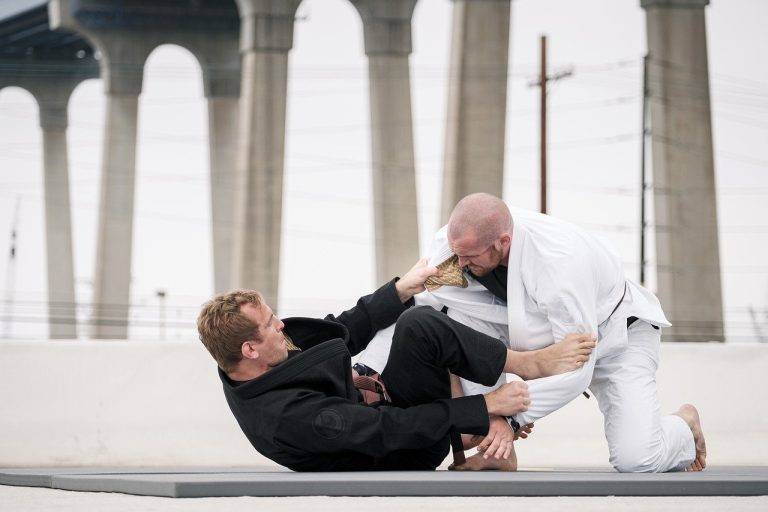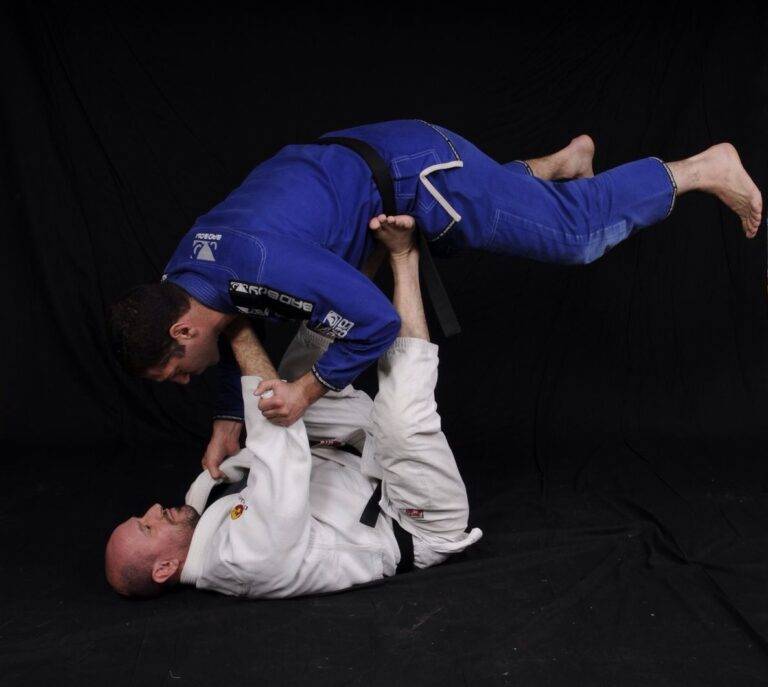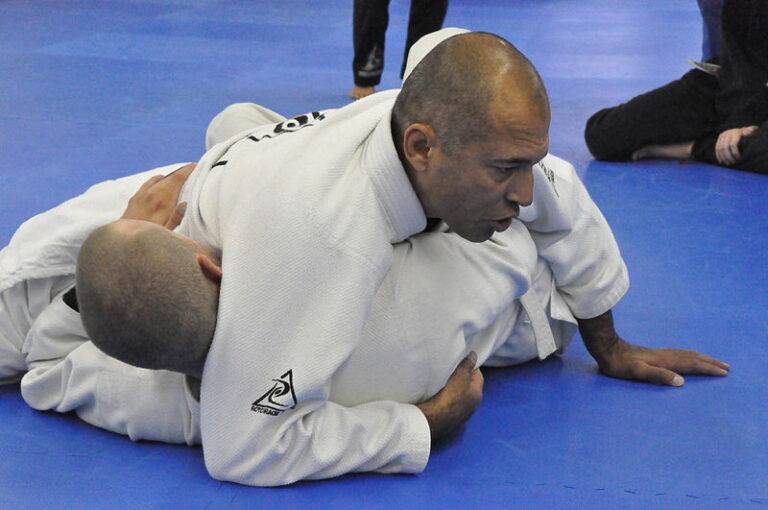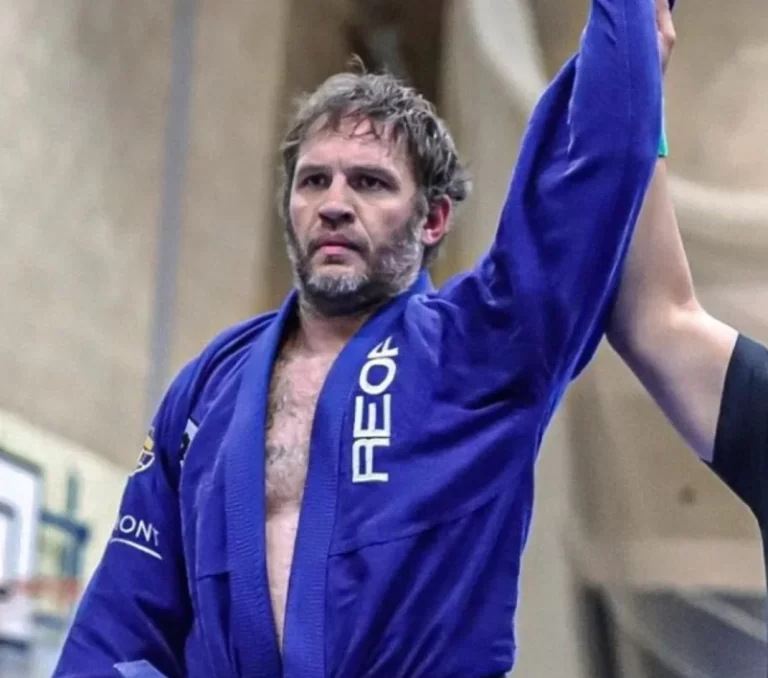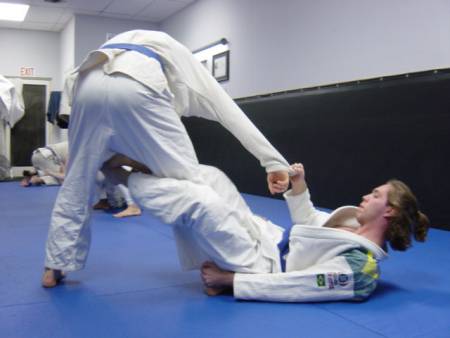Buggy Choke: The Complete Guide
The BJJ community is no stranger to the element of surprise, and one technique that embodies this perfectly is the buggy choke. A submission that has turned heads and raised eyebrows, the buggy choke is a formidable weapon when wielded correctly. In this complete guide, we will dive into the origins, mechanics, and nuances of the buggy choke, providing you with a comprehensive understanding of this unorthodox yet highly effective technique.
Origins of the Buggy Choke
The buggy choke entered the limelight thanks to practitioners like Kade Ruotolo, who showcased its effectiveness in competitions. Known for its unpredictability (and how it catches the opponent off guard), the choke is a testament to the creativity and innovation present in Brazilian Jiu-Jitsu, particularly when it comes to fighting off the back.
Understanding the Buggy Choke
Position and Execution
The essence of the buggy choke lies in its deceptive setup. Often initiated from a position where one might seem to be at a disadvantage, it requires precise body alignment and timing.
- Initial Setup: While on the bottom in side control, instead of lying flat, you angle your torso towards your opponent.
- Arm Placement: Slip one arm behind your thigh, reaching for your knee, while the other arm blocks or controls your opponent.
- Hip Adjustment: Shift your hips towards your opponent to create space for your arm to lock in the choke.
- Leg Work: Your leg position is crucial. The heel of the leg you’re using to lock in the choke must point down as you angle it towards the mat, creating the necessary pressure.
Who Can Use the Buggy Choke?
Flexibility and Surprise
Flexibility plays a role in the buggy choke, making it particularly appealing to practitioners who can maneuver their hips with ease. However, its true power lies in its ability to catch an opponent off-guard, making it a valuable addition to any grappler’s arsenal.
The Technique in Action
Key Details
- Hip Mobility: Ensuring your hips are mobile and can turn towards the opponent is a foundational aspect of the buggy choke.
- Grip Strength: A firm grip behind your knee is essential to secure the choke tightly.
- Pressure Points: Your leg positioning must create a pressurized environment, leaving your opponent with no choice but to tap.
Training for the Buggy Choke
Incorporating Flexibility and Drills
To effectively execute this technique, include hip mobility exercises and flexibility training in your regimen. Regular drilling with a partner will also help refine the subtle movements that make the buggy choke successful.
Variations and Transitions
The buggy choke is not a standalone move; it can be transitioned into from various positions such as the guard or the mount. Understanding these variations expands the opportunities you have to secure the choke in a match.
Conclusion
The buggy choke is a testament to the dynamic nature of Brazilian Jiu-Jitsu. It embodies the art’s principle of using leverage, technique, and the element of surprise to overcome an opponent. By mastering the buggy choke, you add an unexpected and highly technical submission to your BJJ toolkit.
Whether you’re a seasoned practitioner or a newcomer to the mats, the buggy choke is worth exploring. It’s a reminder that in the world of grappling, creativity and technique reign supreme. So, the next time you hit the mats, consider giving the buggy choke a try – your opponents will never see it coming.
- Craig Jones Invitational – A Complete Guide - August 12, 2024
- Buggy Choke: The Complete Guide - March 6, 2024
- Jiu Jitsu World League: Your Complete Guide - March 5, 2024

